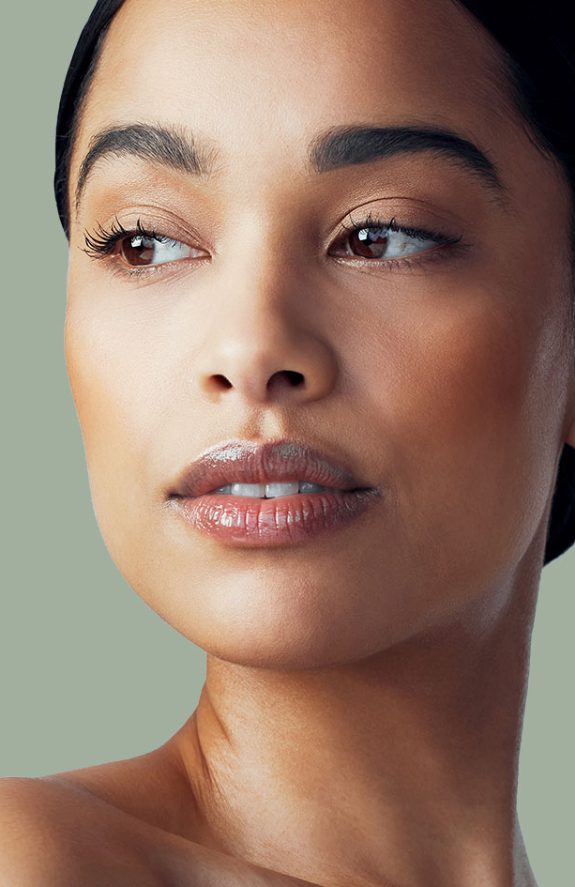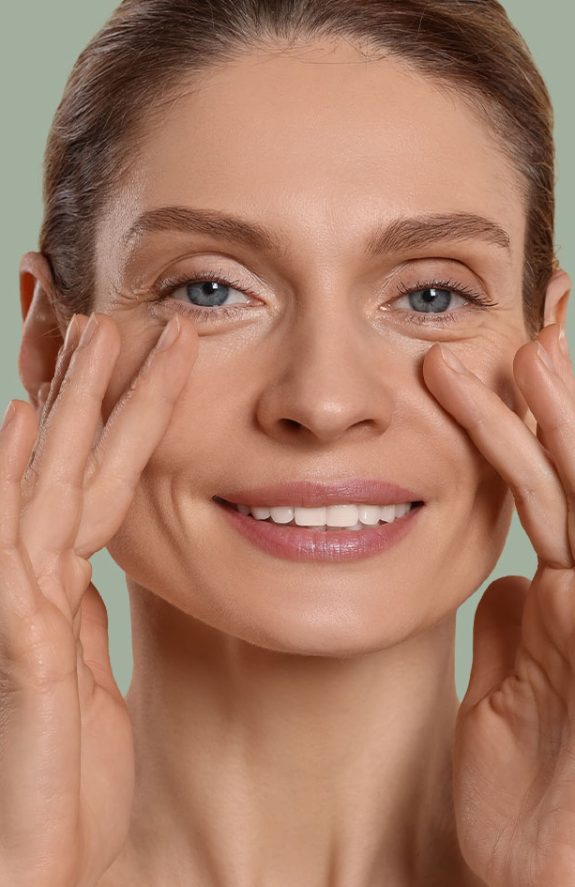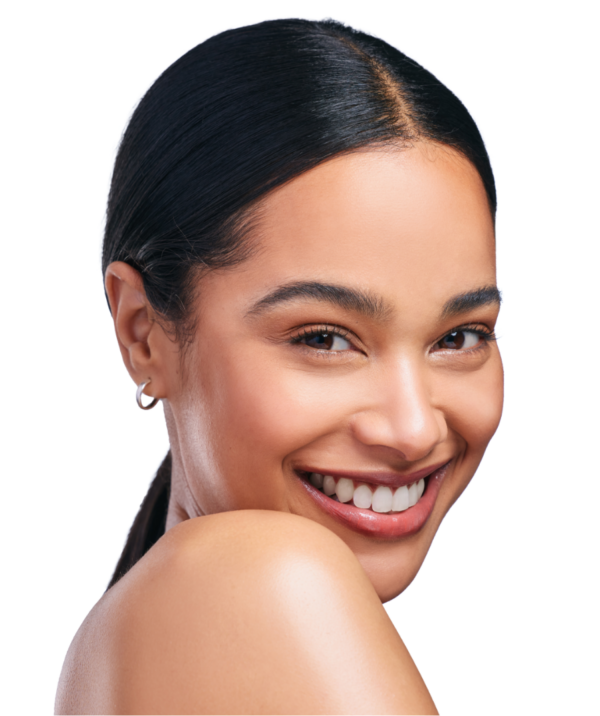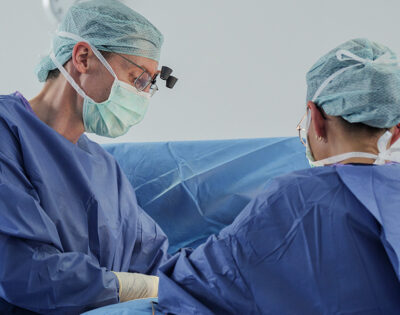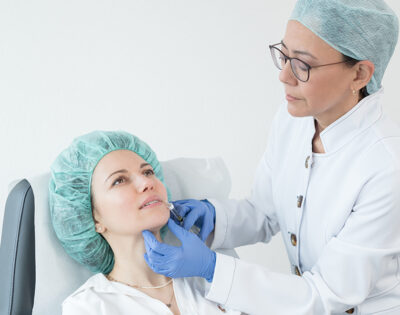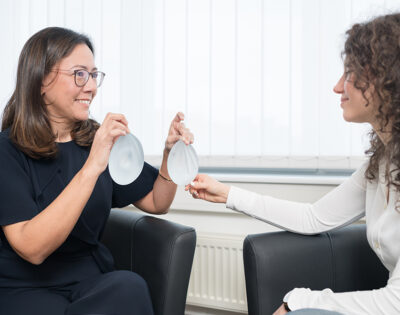Eyelid – structure + problems
The lower eyelid and upper eyelid cover approximately one third and two thirds of the closed eye respectively. The upper eyelid is much more mobile than the lower eyelid. Eyelids protect and moisturize the eyeball. The supporting structures of the eyelids are the eyelid cartilage (technical term: tarsus) and the palpebral ligaments (technical term: palpebral ligaments). The position of the eyelids reveals our mood and therefore also serves to communicate. The eyelid is essentially made up of three layers: the eyelid skin, the eyelid muscle and the conjunctiva.
The eyelid ligament at the edge of the eyelid ensures that the eyelid rests evenly on the eyeball. The eyelid skin is the thinnest skin on the human body. A large palpebral fissure (10 to 12 millimetres) is perceived as particularly attractive (Kim YC et al. 2018 Aesthetic Plast Surg). The height of the palpebral fissure is also considered a characteristic of intelligence (Talamas SN et al. 2016. Exp Psychol Gen).
The height of the palpebral fissure decreases with age. Eyeliner, mascara and eyeshadow make the eyes appear about five percent larger (Matsushita S, et al. 2015 J Cosmet Sci). A positive corner of the eye, also known as a canthal tilt, is also an important beauty attribute.
Frequent problems in the eyelid area
- Drooping upper eyelids
- Sagging lower eyelids
- swollen lacrimal sac
- Asymmetrical eyelids
